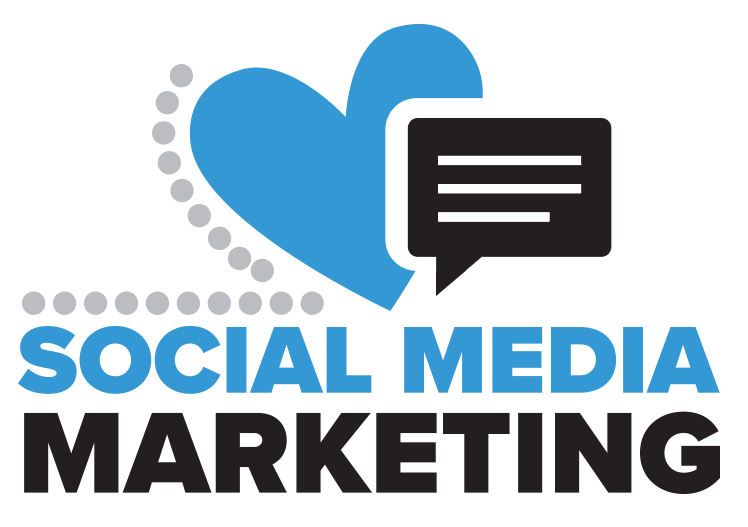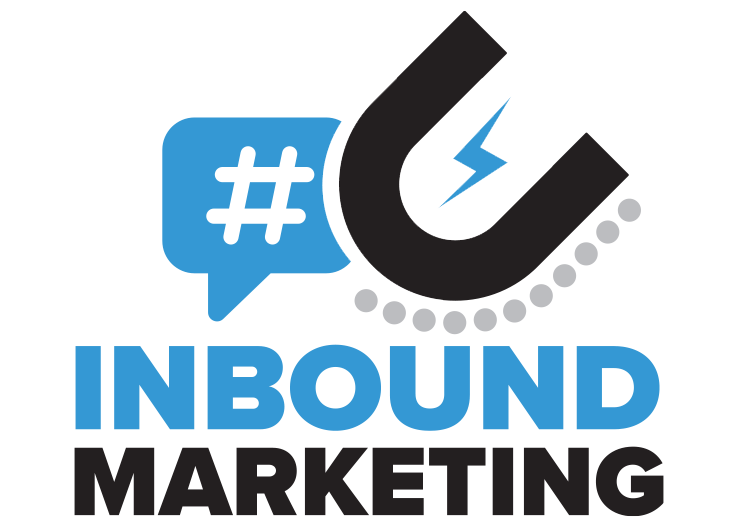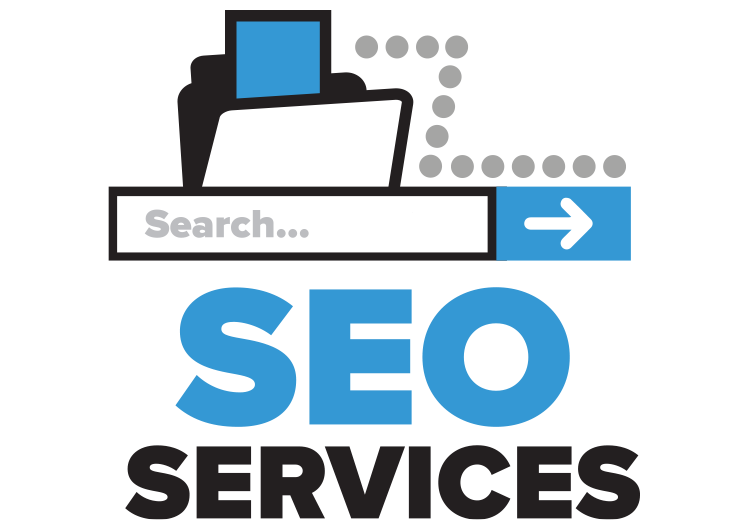
I know we’ve told you this before, but we want to confirm that you fully understand this critical concept - inbound marketing is a technique for drawing customers to products and services via content marketing, social media marketing, search engine optimization, and branding. So now that you know (yes, again) what inbound marketing is, you’re probably wondering what components make up an inbound marketing strategy.
The 5 Foundations of Inbound Marketing
There are five main foundations of inbound marketing that are all equally important to create an effective inbound marketing strategy. These foundations consist of contacts, buyer personas, the buyer’s journey, content, and goal-setting. One thing to note here is that it is vital to incorporate all of these elements into your inbound marketing strategy, not just some.
Contacts
Your contacts are the real people you’re engaging with, whether that is through email, social media, or your website. Either way, their online behavior is the best resource you have for determining how to engage and delight your audience. As social media is becoming more popular, you should focus on engaging your social media target audience to ensure your content is resonating with them and solving their common problems.
Buyer Personas
Buyer personas are a semi-fictional representation of your ideal customer, based on real customer data and some educated speculation about demographic and psychographic information. Determining your buyer persona is how you know whom you’re targeting, why you’re targeting them, and what they’re really, truly searching for. Once you have defined your buyer personas, you will better understand your customer's needs/wants and their purchasing decisions. Understanding these aspects of your audience will help you create engaging, high-quality content that potential customers will view as helpful and want to learn more about.
The Buyer’s Journey
The buyer’s journey is the research process someone goes through leading up to a purchase. It consists of three stages:
Awareness
In the first stage of the buyer’s journey, the awareness stage, the prospect becomes aware of a problem they are experiencing. During this stage, the buyer will conduct research to assist in diagnosing the problem, while researching solution options.
Consideration
In the second stage of the buyer’s journey, the consideration stage, the buyer has fully identified their problem and the various ways it could be solved. Now the buyer will create a list of possible solutions and begin to research further into those solutions to figure out which one will fill all their needs.
Decision
In the last stage of the buyer’s journey, the decision stage, the buyer will narrow down their options to the few best possibilities and will make a final purchase decision.
As a marketer, it’s your job to provide meaningful content to buyers at each stage of their journey. Focusing on the buyer’s journey allows you to tailor your marketing to precisely what potential buyers are looking for. For example, during the awareness stage, customers will benefit from educational content that will help define their problem. In the consideration, stage customers will be interested in content that shows why your solution is the best, such as webinars, infographics, or testimonials. Lastly, in the decision stage, customers want to gain confidence in whatever solution they choose, so it is crucial to provide examples, such as case studies, product reviews, or even a free trial (if applicable).
Content
This is the meaningful, high-quality content that you’re creating for your audience. Examples of created content are blogs, ebooks, emails, videos, social posts, or infographics. But as you should know, this created content can't just be any random content. It must be relevant content to based on your buyer personas and assist in funneling potential customers through the buyer’s journey.
Goals
The last of the five foundations of your inbound marketing strategy is setting goals, which is pretty straightforward. Setting marketing goals are necessary so you know if you have been successful. Typically, marketing goals will be measured in traffic, leads, and conversions. When setting goals it is essential to make sure these are SMART goals. Smart goals are specific, measurable, attainable, relevant, and time-bound. The purpose of SMART goals is to provide a sense of direction, motivation, clarity, and focus for your business.
Conclusion
Now that you know the foundations of inbound marketing, it’s imperative to understand that this is just the beginning of a very long and dedicated journey of learning and truly comprehending what it means to plan and execute a successful inbound marketing campaign. While it may sound intimidating at first, rest assured, here at Greyphin we are happy to help you along the way. Check out our Inbound Marketing Services or contact us today to find out more about how we can help!









